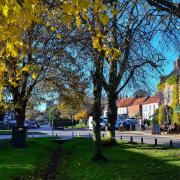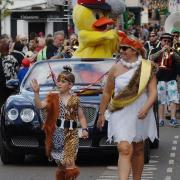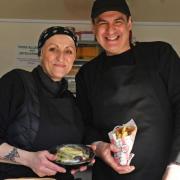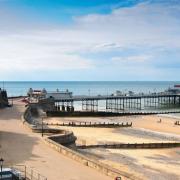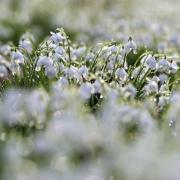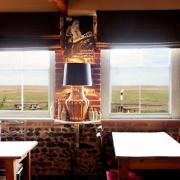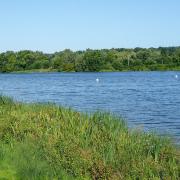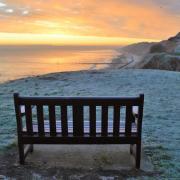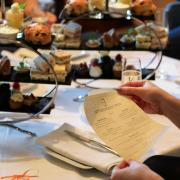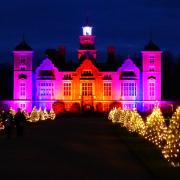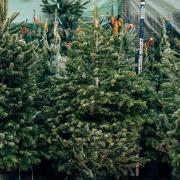There has been a lot of interest in the upstairs, downstairs world of the old-fashioned country house in recent years, largely thanks to the hit television series Downton Abbey.
Millions of viewers have been gripped by the lives of the Crawley family and the servants who wait on them.
But one thing you hardly ever see is the wonderful and vital walled garden. A country house like Downton would need a huge walled garden to keep its kitchen stocked in fruit and vegetables, along with a team of hard-working gardeners to tend the plants.
The National Trust looks after three country houses in Norfolk, each with its own walled garden. Felbrigg Hall, near Sheringham, boasts one of the most impressive walled gardens anywhere in the country.
Visitors flock to enjoy its picturesque, ornamental appearance and pleasant atmosphere, but it is still very much a working garden and produces fruit, vegetables and flowers used in the restaurant and hall every day.
The eye-catching fruit trees, trained flat to the walls, are well stocked with plums, pears, apples, figs, gages, peaches and nectarines.
They are also home to some rare varieties, including the apples Hubbard’s Pearmain, Norfolk Beefing (pronounced Biffin), Lane’s Prince Albert and Lady Henniker. Unusually-named pears include the 17th century Catillac, the magnificently titled Vicar of Winkfield and the Black Worcester.
The herb border is a more recent and very popular feature introduced by the National Trust. Visitors love it and so do the kitchen staff, who pick fresh herbs as and when they are needed for recipes in Carriages restaurant.
The look of the garden changed significantly last year, after the famous box hedge fell foul of a disease and sadly had to be removed. It has been replaced with a colourful lavender hedge of the same size, well worth seeing if you’ve not been to Felbrigg in recent years.
The hall’s history books tell us change is nothing new – it has been adapted and modified by its owners ever since it was created.
The first distinctive change came in the early 1750s, when William Windham II added the octagonal dovehouse. Later owner WH Windham enhanced the ornamental character of the garden by introducing the central circular pond – these days a favourite place for visitors to photograph – and in 1842 he used the old front-door arch of the hall as an entrance to the garden.
In fact, recycling bits of the house was more common that you would think, with the two stone pine-cones on the gateway near the entrance originally taken from the roof of the 1680s west wing, removed from the house during repairs in 1751.
Today the walled garden is a well loved site for visitors to enjoy. But even back in 1847, when it was in private ownership, it was known as an exceptional place.
Grigor’s Eastern Arboretum of 1847 recorded: “The Kitchen Garden here is well worthy of notice. It is exceedingly well kept. Through the exertions of Mr Robins of pine growing celebrity, it has been raised to a style of excellence which few gardens present.”
Twice in its long history the garden was leased out by its owners, the first time as early as 1781 when the busy and frequently absent statesman William Windham III let it to local gardener Nathaniel Brown on the condition that he kept it in good order.
Later, during the estate’s decline in the 20th century and before it came into the care of the National Trust, the walled garden was again leased out, this time to a market gardener.
The National Trust has two other walled gardens in Norfolk. Nearby at Blickling Hall, close to Aylsham, plans are afoot to rejuvenate its walled garden and bring it back into use. The garden has not been active for some years and the National Trust is fund-raising to help pay for the project, which is set to cost around £100,000. Once completed, the walled garden will be another wonderful feature for visitors to enjoy and its fruit and vegetables will be used in the restaurant.
Over in the west of the county, Oxburgh Hall’s walled garden is nowadays divided into a small but attractive kitchen garden and an orchard. Produce grown on site is used in the restaurant and flowering plants are for sale to visitors.
For more on Felbrigg Hall, Blickling Hall and Oxburgh Hall, including opening times, see the website www.nationaltrust.org.uk




